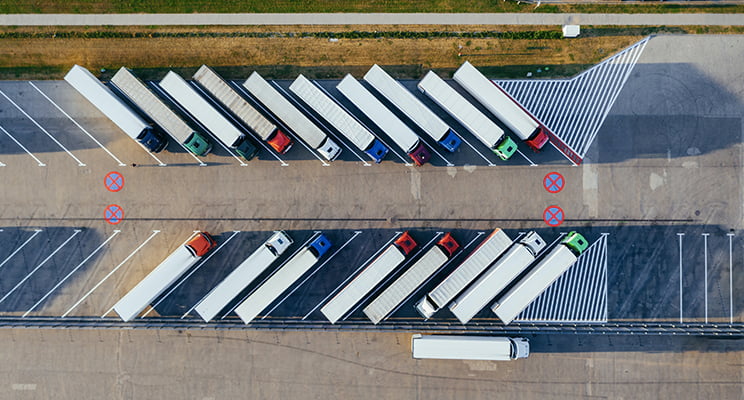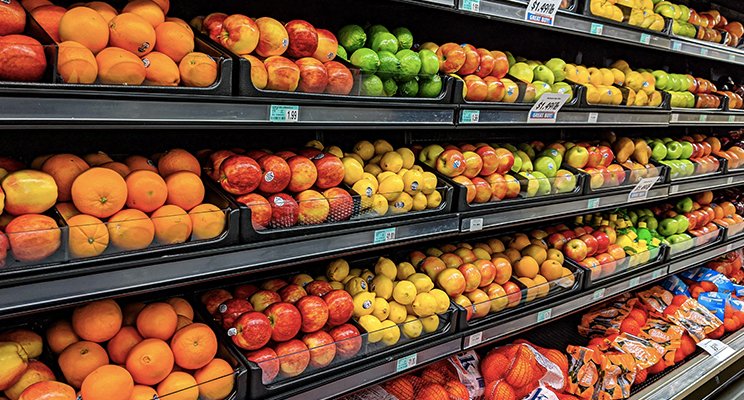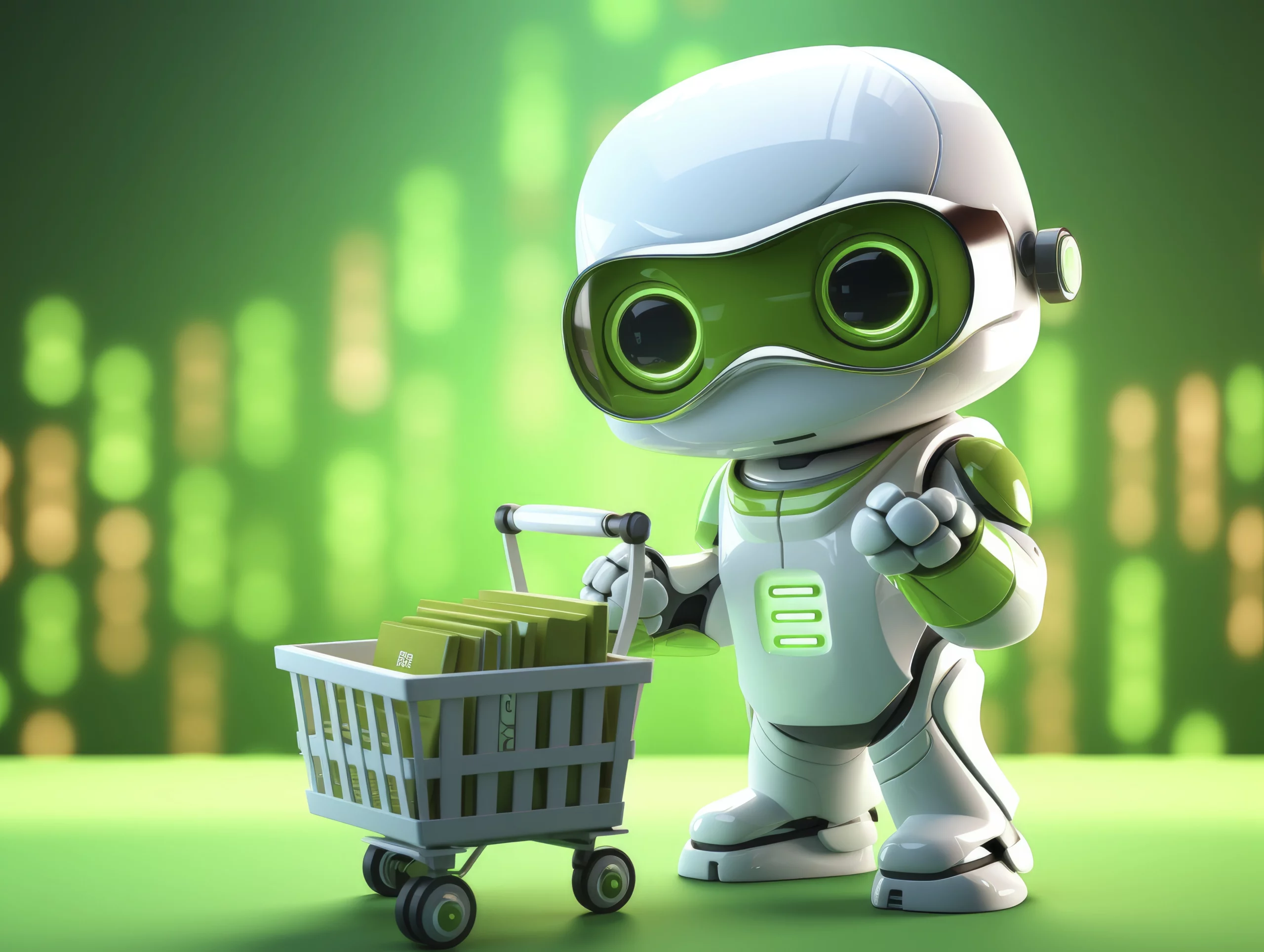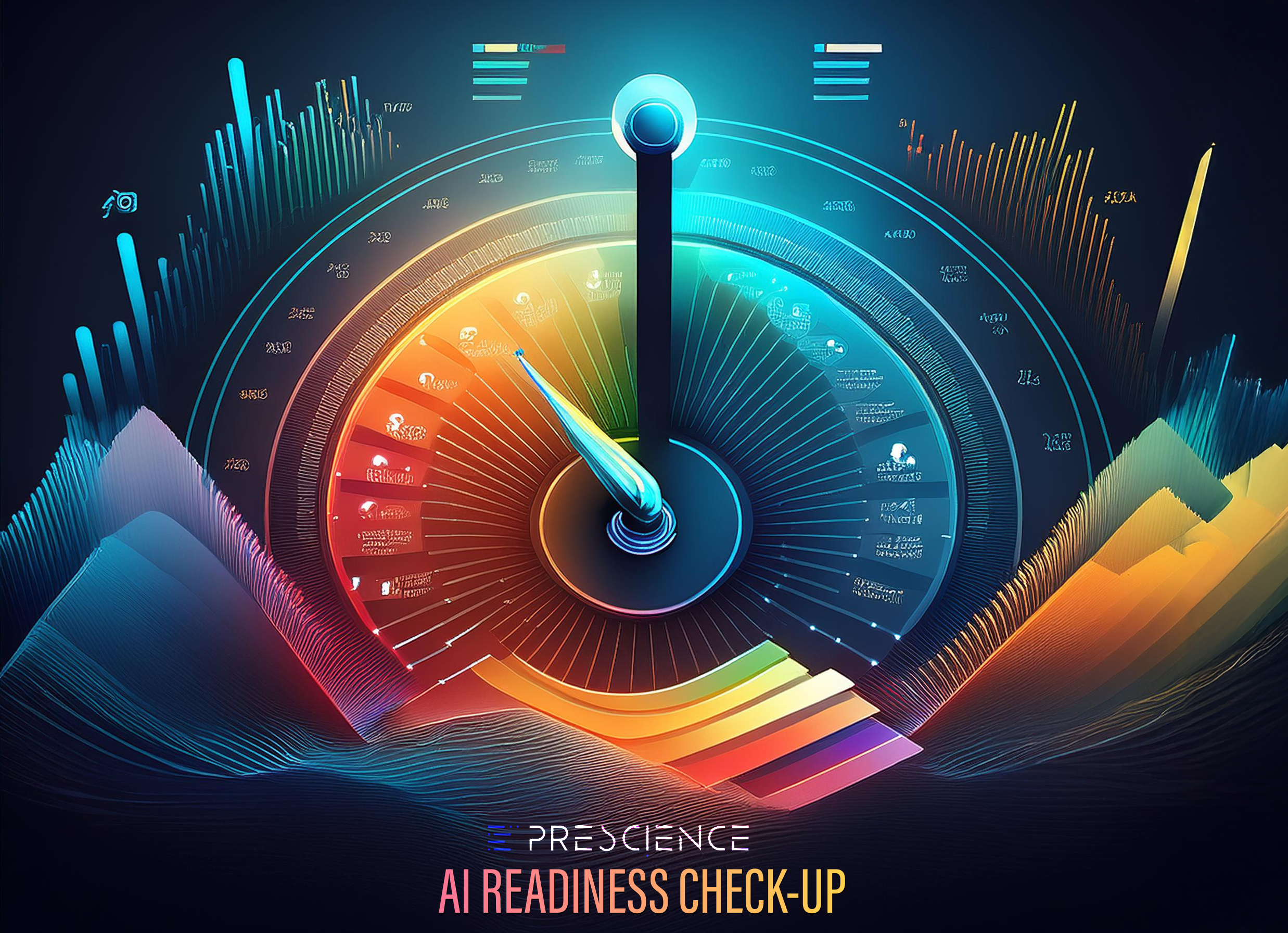Demand Forecasting is by far the most crucial aspect of supply chain planning. Imagine that you have an amazing product and have performed deep market research about what your target consumers want and how you are filling that perceived market gap with your product. You produce the products and are ready to sell. Your product makes it to the market but there are hardly any buyers for it. You’re perplexed! You’ve put in the marketing dollars, you performed the market research and you knew, rather thought, that you’ve got a winning product. What went wrong? Did you push your product at the wrong time? Is your product catering to a particular demographic, for instance, students and they’re away for a break? Did you miss out on a minutiae detail that resulted in this scenario?
On the flipside, you could have great sales but you’re not able to cater to the demand, owing to an absence of a proper forecasting model, which resulted in deployed lower manufacturing capacity. The scenarios are many and spread wide across the supply chain and buying behavior spectrum.
A poor forecast of how much product you can expect to sell, where you can expect to sell and when you can sell them can have severe repercussions. The planner’s decision to ship your products to a specific warehouse is dependent on these forecasts. These decisions impact your company’s top and bottom-lines. And these decisions impact your service levels, inventory and logistics cost across your entire supply chain.

The biggest challenge for demand planners is the lack of appropriate tools to create accurate forecasts.
Demand planners often say that the past is the best indicator for future performance, thus basing their forecasting on the past sales data only. This dependence on statistical models that are great on an aggregate level, has left you vulnerable to impact from external events that are not integrated into these models. This is simply not good enough when you are a Consumer-Packaged Goods (CPG) company, a Quick Service Restaurant (QSR) or a retail company that is working to ensure there is adequate supply in the market to meet its consumer demand, while minimizing idle inventory. In the short term, there are variations in the demand that cannot be integrated into these traditional models, thus requiring the analyst to make day to day adjustments based on the latest inputs. This creates a vicious cycle where the company is constantly reactive vs being proactive in its demand planning. There is a need for a more nuanced forecasting.
What is Demand Sensing?
Demand sensing is a forecasting methodology used to arrive at forecasts in the short term by using advanced data analytics and near real-time data. This is different from the traditional methods that rely only on simple time-series techniques and a few years of sales data. Demand sensing utilizes a variety of different data sources to provide results that far outstrip what the traditional methods provide. For example, taking in a large set of data points such as weather data, market data, local conditions such as forced shutdowns, festival calendars, POS data, changes in consumer preferences and ecommerce sales can help a demand planner make a more accurate decision. The ability to process near real-time sales data helps your company maintain and meet the demand levels in the short-term as this might be different from the demand that the planner had forecasted.
Demand sensing can provide sales forecasts for short time periods or for smaller sets of customers, stores or categories at a micro-level. This allows the demand planner to be offered multiple daily bucketed options, that when actioned upon, have quantifiable results in the short run. For example, the planner could get demand forecasts for a short duration in a region, or a cluster of stores. They can also get forecasts at category levels moving down to SKU levels. This reduces the stress during the decision-making process when there are no data points available to base it on.
Why is it important, especially in the current scenario?
The current pandemic-induced lockdown created a rapid decline in the demand for goods which have since picked up. But this pick up has been sporadic, at best. With the peaks and valleys for consumer demand now more unpredictable than ever before, how can a demand planner do their job efficiently? The traditional methods they used to depend on, more often than not, now have no datapoints to look at. This again highlights the need for demand sensing to help you better plan your operations in the near future. The benefits from implementation of a demand sensing system are exponential, depending on how well the implementation is.

Benefits
- Better service levels
We are able to close the gap between monthly demand plans and daily requirements with demand sensing. This allows the planers to route the proper product mix to specific locations as and when the need arises. A timely fulfillment has a direct impact on the company’s service levels. - Lower inventory levels
The company can be more efficient with the working capital due to reduction in inventory levels as the demand is planned on a close to real-time basis. - Better resource utilization
Your analysts can spend more time on other tasks, now that demand planning is more data oriented.
In the current pandemic scenario, demand forecasting is a real problem. With so many unforeseen circumstances that have lined up one after another in the last few months, the need for more accurate forecasting at different levels has been more urgent than ever. Every company has had experience in maintaining the required service levels, but the present conditions have created scenarios not thought of.
Take for example the rapid proliferation of the usage of online delivery services. This has created demand in locations that traditionally demonstrated low growth rates. The traditional models do not take this into account, leaving you shorthanded to meet the demand. At an aggregate level, your demand forecast might be quite accurate, but it may have lots of variations at micro-levels causing inefficient inventory distribution. This usually leads to dead or idle stocks and stockout situations at the same time in different locations. Such an adverse scenario leaves the door open for your competitors to capitalize on your shortcomings by providing what the consumer needs or just by their presence on the shelf when your product is absent.
Every company is looking to go omnichannel by providing multiple channels for customer to purchase their products and services. This approach is a great way to increase the customer spend with a specific brand but is tough to execute without sufficient analytics. Demand sensing data can be leveraged to ensure that not only is the customer provided an optimized retailing experience, but also that the customer is able to buy the right item at the right time.
At Prescience Decision Solutions, our deep know-how of implementing micro-level demand sensing solutions based on advanced analytics, allows us to put up the required mechanics in place for you to benefit from the internal and external data sources in a short period of time. This approach also allows you to reap the benefits in the short-term and fine tune your demand planning methodology in the long-term. There is a real financial benefit that you will be able to realize if you were to embrace demand sensing in the true sense of it. Feel free to drop us a message and we will be more than glad to show how you can benefit from this business approach.
If you are looking for a starting point for your business, take advantage of our personalized FREE consultation workshop Sign up here.
Subscribe for regular updates on AI and Data Innovations, case studies, and blogs. Join our mailing list.

Anirban is a veteran in the IT space with 20+ years of experience in working with customers and providing them solutions and products that meet their needs. His current passion is to enable enterprises to derive value out of their data. His idea of relaxation is reading books or catching up with the news from the world of football.




